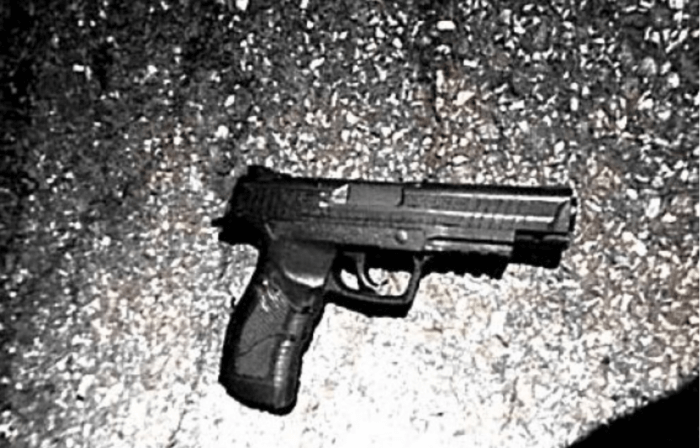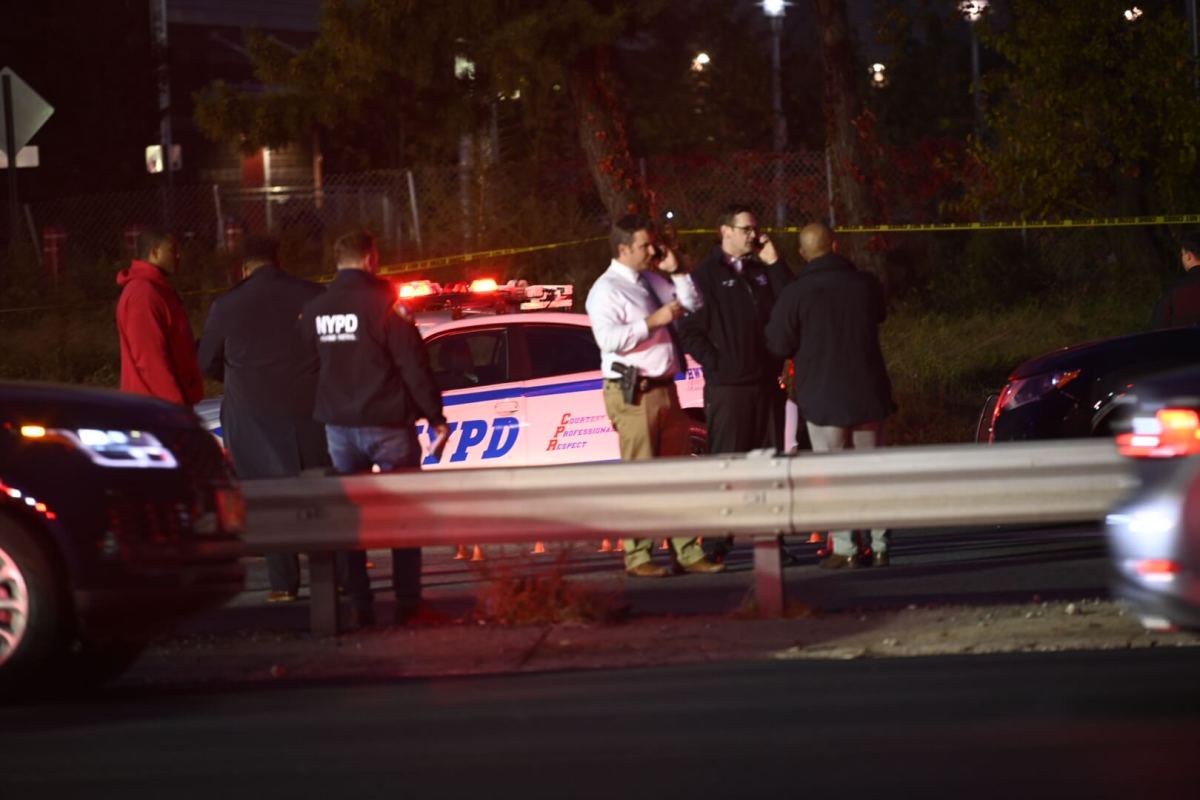Two police officers who shot and killed a bb-gun wielding man in Brooklyn fifteen months ago will not face criminal charges, state Attorney General Letitia James announced Friday.
The two patrol officers in question, Theresa Haley and Matthew Mellas, shot 65-year-old Brian Astarita dead following a high-speed chase on the Belt Parkway in Bath Beach in November of 2021, after believing that a bb-gun he was brandishing was a real firearm.
A report published Friday by the Attorney General’s Office of Special Investigation (OSI) concluded that charges against the officers who fatally shot the Bergen Beach man “are not warranted in this matter.”
“The evidence in the investigation is insufficient to disprove beyond a reasonable doubt that Officer Haley and Officer Mellas were justified under New York law in using deadly physical force. Therefore, OSI will not seek charges in the matter,” the report concluded.
According to the OSI report, the 2021 incident began when officer Hayley, who was conducting radar enforcement in an unmarked police car, clocked a Jeep Grand Cherokee driving at 71 mph — a full 21 mph over the posted speed limit on the eastbound side of the Belt Parkway.
The report states that Astarita initially complied with Hayley’s request to pull over in a rest area west of the Verrazano Bridge.
During the stop, he told Hayley his license was suspended before he drove off again.
After requesting back-up, Haley continued her pursuit of Astarita, attempting to box him in several times.
Video analyzed in the investigation shows Astarita swerving to avoid the unmarked cop car which had sped up in front of him.
Between the Bay Parkway and Cropsey Avenue exits, Haley positioned her car in front of Astarita’s Jeep, forcing him to stop. Responding to Haley’s radio calls for assistance, Officer Matthew Mellas arrived on the scene and pulled his marked police car in front of Haley’s vehicle.
Haley told investigators that Astarita then got out of his car, and retrieved a black BB gun from the back seat that “resembled a semi-automatic firearm.”

Both officers opened fire after Astarita pointed the weapon at them and ignored their repeated commands to drop the gun, striking his legs and shoulders until they were able to disarm him.
Astarita can be seen in video of the incident getting struck by a cascade of bullets.
The report found that Haley fired sixteen rounds, while Office Mellas fired eleven in Astorita’s direction.
Video footage from civilian cell phones and Haley’s body camera show that while Astarita was on the ground after being shot, he repeatedly raised the gun and pointed it in Haley’s direction — prompting both officers to fire again.
Mellas was then able to approach Astarita as he was on the ground and kicked the BB gun, which had fallen to his side down the highway.
Paramedics took Astarita to a local hospital, where doctors later pronounced him dead.
The Office of Chief Medical Examiner told OSI investigators that Astarita sustained four gunshot wounds to his right leg, six to his left leg, one gunshot wound to his left shoulder and two gunshot wounds to his right shoulder.
The OSI report said Astarita’s toxicology results were negative for controlled substances and alcohol except for methadone for which he had a prescription.
The probe into the 2021 incident came as part of a state law that requires the AG to probe any incident that resulted in the death of a person caused directly or indirectly by a police officer.
Under the state’s justification law, a person may use deadly physical force to defend against the imminent use of deadly physical force by another. To convict a person of a crime when the defense of justification is raised at trial, the prosecution must disprove justification beyond a reasonable doubt.
“In this case, evidence indicates that when Mr. Astarita pointed his weapon at the officers in the presence of civilians and refused to drop it, the officers who shot Mr. Astarita reasonably believed that he could cause fatal harm to them or an innocent bystander,” the Attorney General said in a statement.
“Under these circumstances, given the law and the evidence, a prosecutor would not be able to disprove beyond a reasonable doubt that the officers who fired were justified, and OSI determined that criminal charges could not be pursued against the officers.”



















